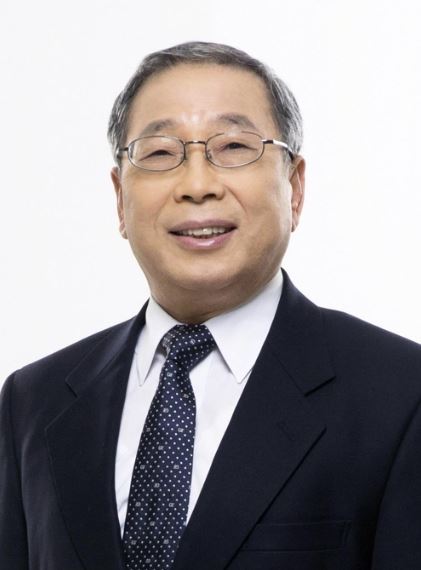A plan by SsangYong Motor to build its first overseas plant in China could go back to square one due to growing anti-Korean sentiment in China over the Korean government’s decision to deploy an anti-missile system here, the company’s chief executive said Friday.
At a meeting with Korean reporters, SsangYong President and CEO Choi Johng-sik said the plan that involves Shaanxi Automobile Group as a joint venture partner has been making slow progress since a diplomatic dispute between Seoul and Beijing flared up earlier this year. And the company is seeking a plan B.
“Currently, we are revising the direction of the China business. We are still thinking whether it is (right) to take the way of finding a private company to outsource (manufacturing),” he said.
The comment came a year after the nation’s fourth-largest automaker signed a letter of intent with China’s Shaanxi Automobile Group to build a new plant in the Xi’an Economic and Technological Development Zone in Xi’an city of Shaanxi province, as well as an engine plant and an R&D center.
 |
SsangYong Motor CEO Choi Johng-sik (SsangYong Motor) |
Production was set to begin in 2019 with an annual capacity of 150,000 vehicles. SsangYong, known as an SUV maker here, also wanted to raise the capacity by 300,000 vehicles a year.
“Even if we establish a joint venture (in China), (the Chinese government) could possibly disapprove the production by a newcomer like us, and we may face difficulties in business if we fail to satisfy fuel efficiency standards and if we do not produce eco-friendly cars as well (as petrol cars),” he said.
The plant in China was expected to be the first overseas plant for SsangYong to make SUVs, multi-purpose vehicles and pickup trucks under the South Korea automaker’s brand name.
Ssangyong produces around 150,000 units a year in South Korea, though it has production capacity of 250,000 a year.
The carmaker plans to launch electric cars starting from 2020, while making inroads into the US market in 2019, through which it hopes to expand its production capacity by an additional 100,000 units.
By Cho Chung-un (
christory@heraldcorp.com)





![[Herald Interview] 'Trump will use tariffs as first line of defense for American manufacturing'](http://res.heraldm.com/phpwas/restmb_idxmake.php?idx=644&simg=/content/image/2024/11/26/20241126050017_0.jpg)

![[Herald Review] 'Gangnam B-Side' combines social realism with masterful suspense, performance](http://res.heraldm.com/phpwas/restmb_idxmake.php?idx=644&simg=/content/image/2024/11/25/20241125050072_0.jpg)
![[Health and care] Getting cancer young: Why cancer isn’t just an older person’s battle](http://res.heraldm.com/phpwas/restmb_idxmake.php?idx=644&simg=/content/image/2024/11/26/20241126050043_0.jpg)